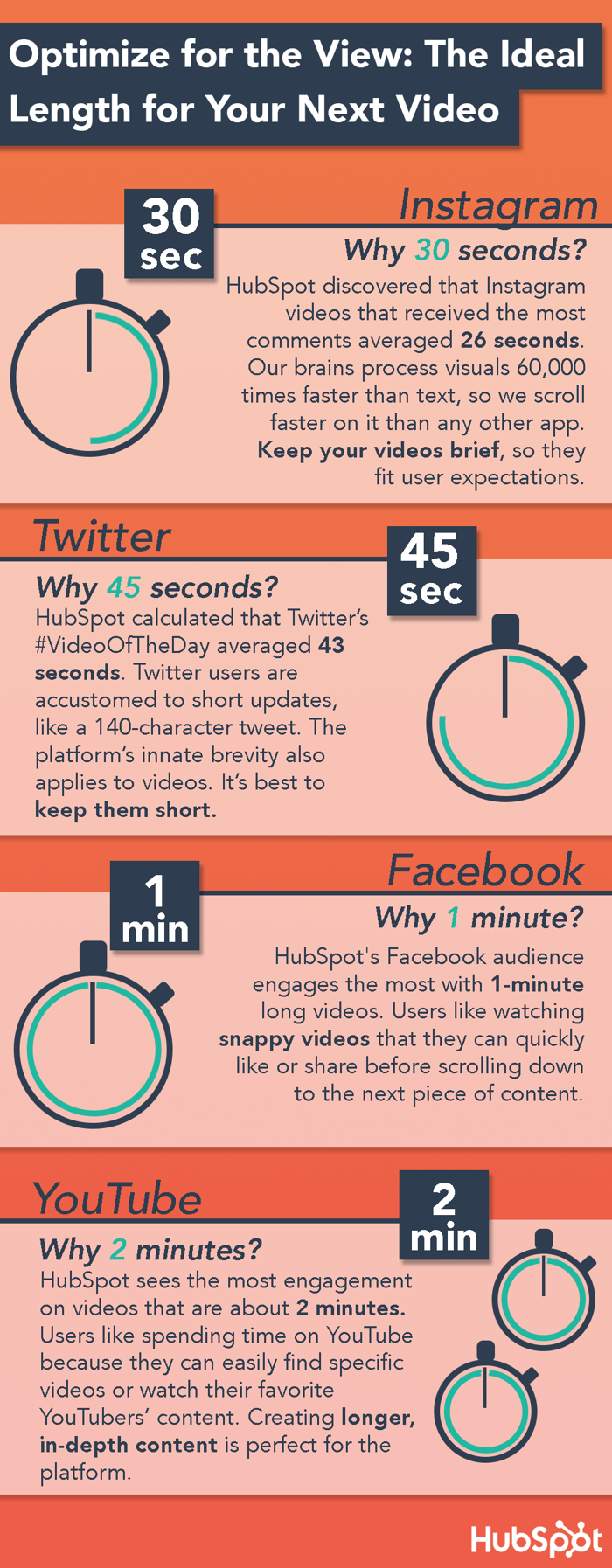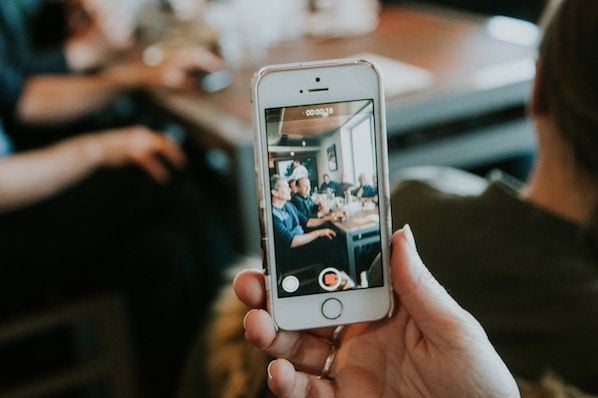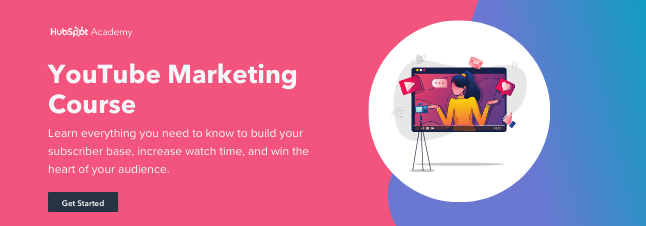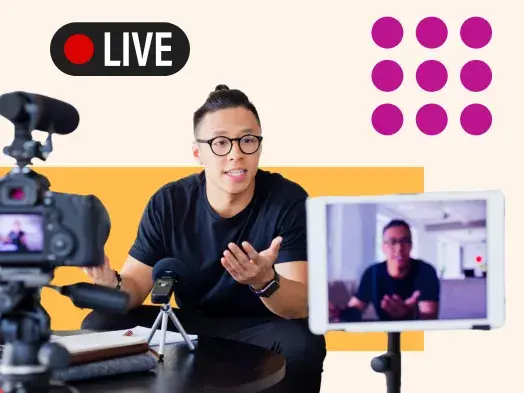But marketers must innovate further because users expect different video lengths on different platforms. Odds are, they're more willing to watch a 2-minute long video on YouTube than on Twitter.
If you don't customize video length for each platform, then you're not fully catering to your audience. Sooner or later, the attention they give to your brand will wither away.
That's why we decided to create this handy, bookmarkable infographic about the optimal video length for the most popular video channels. To help you better engage your audience on Instagram, Twitter, Facebook, and YouTube, we extracted insights from HubSpot's own social and YouTube data, and combined it with existing research in the area.
For inspiration, we also provided a video example for each channel. Plus, HubSpot's Clip Creator can help you create original video content in just a few clicks to repurpose across multiple platforms.
So check out the infographic below and start creating optimized videos for these four native video platforms!

HubSpot Video Examples for Facebook, Instagram, Twitter, and YouTube
Instagram: State of Inbound (30 Seconds)
There's a lot of speculation around how long Instagram videos can be in general -- especially since the company is known to change the maximum. Currently, they cap out at 60 seconds.
The original State of Inbound video on YouTube is two and half minutes long. How long should the Instagram video be? We cut this one down to 30 seconds for this platform so it would meet our audience's time length expectations.
You might wonder how a video that's one-fifth the length of the original version could successfully promote our annual research report. Well, it's because our audience couldn't keep their eyes off such a clear, concise, and dynamic video.
Viewers who watch the first 3 seconds of a video are most likely to finish it, so we made sure our video hooked them with a vivid first frame.
After that, we held our audience's attention by constantly cutting to new frames and animating the video's graphics. The voiceover and subtitles also conveyed the video's main takeaway well.
Twitter: Summer Startup (~45 Seconds)
Imagine winning $100,000 + mentoring from @JaySimons (@Atlassian), @PattyMccord1 (@netflix), @dharmesh (@HubSpot)? Enter on Facebook now 👉 pic.twitter.com/kI1yF3oUkE
— HubSpot (@HubSpot) June 27, 2017
Our Summer Startup video on Facebook is 1 minute long. But we cut it down to 44 seconds on Twitter -- a tad shorter than the optimal length of Twitter videos, according to our research.
This video resonated with our audience because they felt a personal connection to each of the faces we presented. People respond well to the human face. It captures their attention, builds familiarity and trust, and evokes emotion.
And since enthusiasm is contagious, the thrilled faces we showcased injected a lot of excitement into our viewers.
Facebook: Monthly Social Media Round Up: April Edition (60 Seconds)
When we analyzed our Facebook data, we discovered our audience engages the most with videos right under 1 minute. So we decided to cap most of our Facebook videos at around 60 seconds.
We also discovered that 95% of viewers watch our videos on mute. This meant we needed to ensure they understood each video's key point without hearing a single word.
We crafted a lot of our Facebook videos like the one you just saw because the subtitles clearly communicate the video's insights while the visuals provide context and absorb our viewers' attention.
YouTube: Topic Clusters: The Next Evolution of Content Strategy (2 Minutes)
On YouTube, our audience engages the most with videos right under two minutes. So we try to keep them around 120 seconds.
That might not seem like enough time to dig into a substantial topic, but think about how long YouTube videos should be to cover a concept that would take a blog post 1,000 words to explain.
The 2-minute video above does just that, complimenting an article that might take the average blog visitor 10 minutes to read. This saves our audience time and heaves a mental load off of their shoulders.
Short but potent videos aren't just a recording of yourself reading a script, though. Since the human brain can process visuals 60,000 times faster than text, you need to leverage dynamic graphics and visual storytelling so your audience can quickly grasp your message. If you don't, your video will elapse the optimal length and wilt your viewers' attention.
Video Marketing





![The best social media platforms for video content in 2025 [consumer data]](https://53.fs1.hubspotusercontent-na1.net/hubfs/53/img-1-20250516-9399498.webp)


![3 Short-Form Video Trends Marketers Should Watch in 2025 [New Data]](https://53.fs1.hubspotusercontent-na1.net/hubfs/53/ft-short-form-video-trends.webp)
![Are In-Stream Video Ads Worth the Investment? [Benefits & Best Practices for Marketers]](https://53.fs1.hubspotusercontent-na1.net/hubfs/53/in-stream-video-ads-1-20250314-6407067.webp)
![45 Video Marketing Statistics for 2025 [New Data]](https://53.fs1.hubspotusercontent-na1.net/hubfs/53/video-marketing-statistics-1-20250227-6425117.webp)
![Why You Should Leverage Interactive Videos [Data from 500+ Marketers]](https://53.fs1.hubspotusercontent-na1.net/hubfs/53/interactive-video-1-20250216-406926.webp)
![Silent But Mighty: How Soundless Videos Are Winning Social Media [+ 2025 Data]](https://53.fs1.hubspotusercontent-na1.net/hubfs/53/Soundless%20Videos%20We%20Love.png)